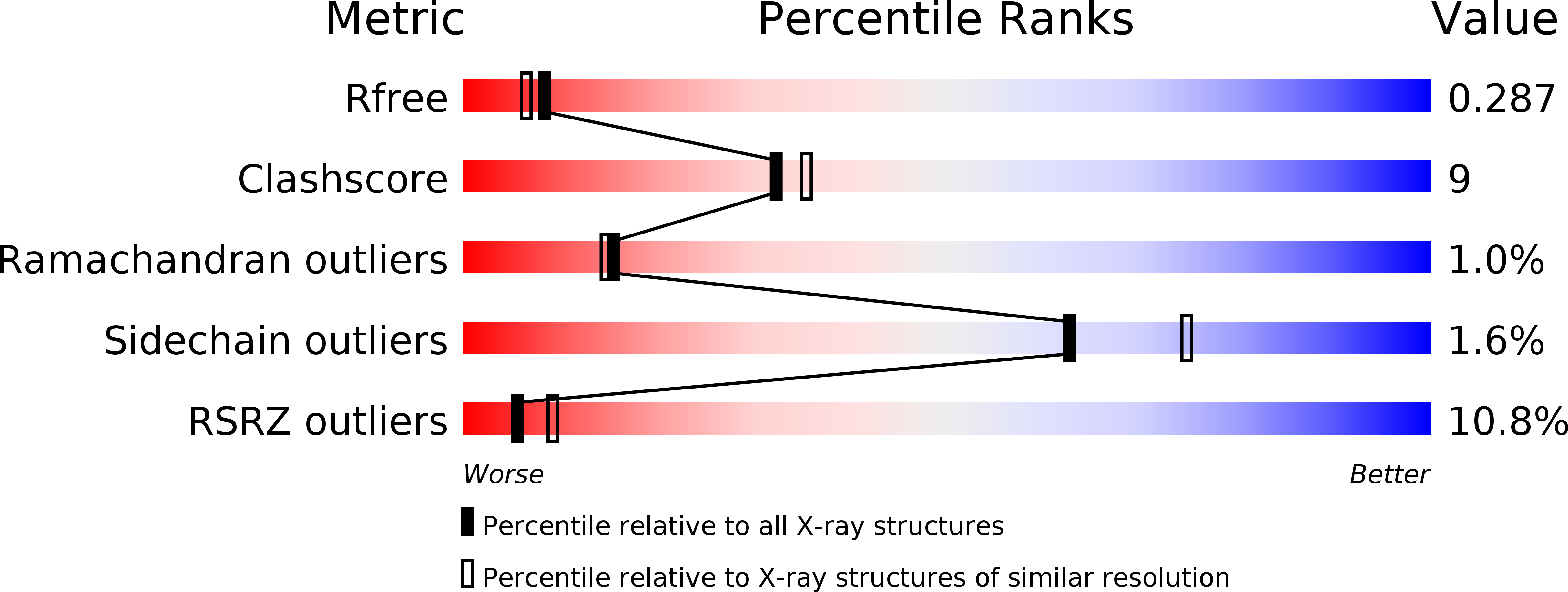
Deposition Date
2015-01-06
Release Date
2016-04-20
Last Version Date
2024-10-30
Method Details:
Experimental Method:
Resolution:
2.35 Å
R-Value Free:
0.28
R-Value Work:
0.23
R-Value Observed:
0.24
Space Group:
C 1 2 1


